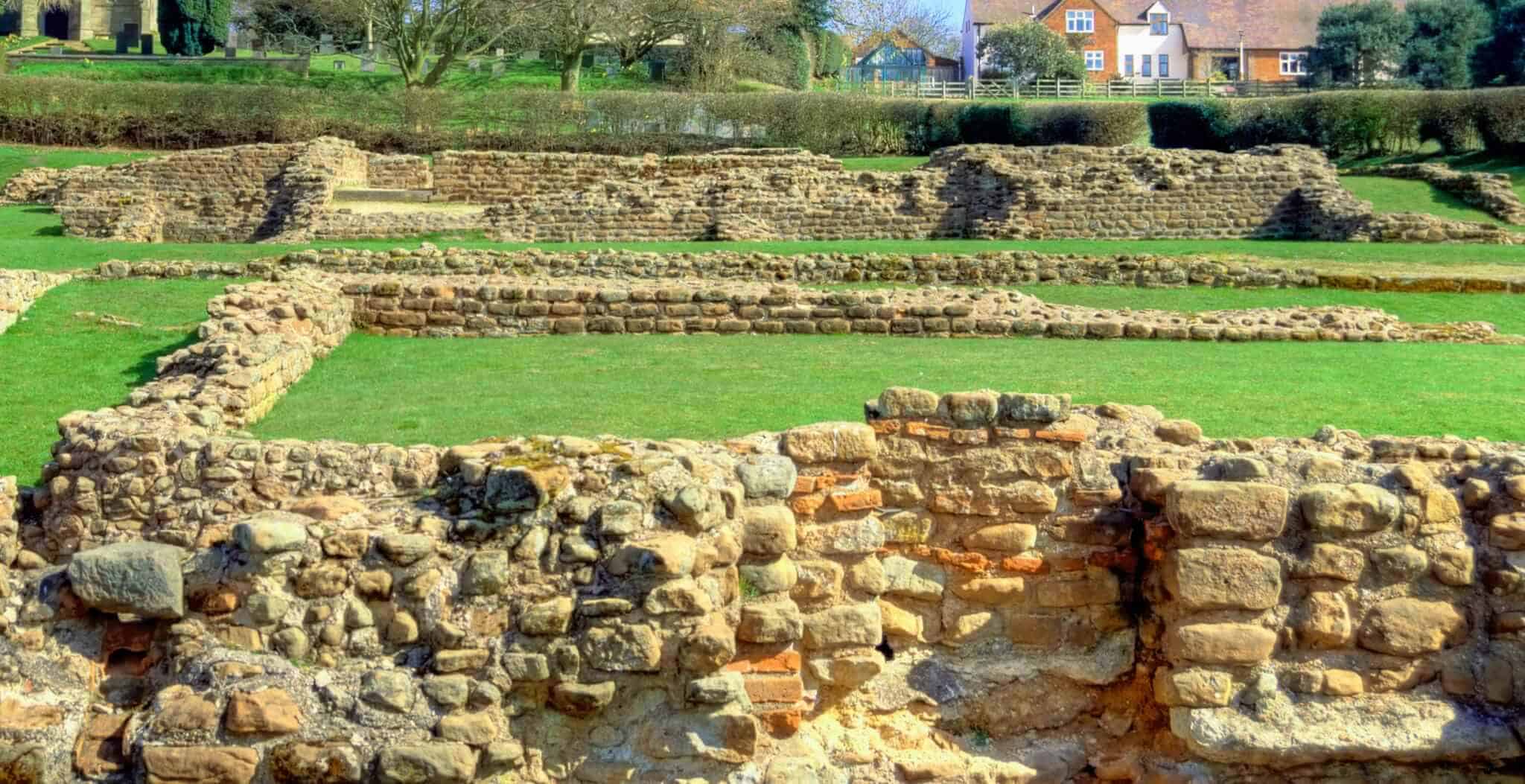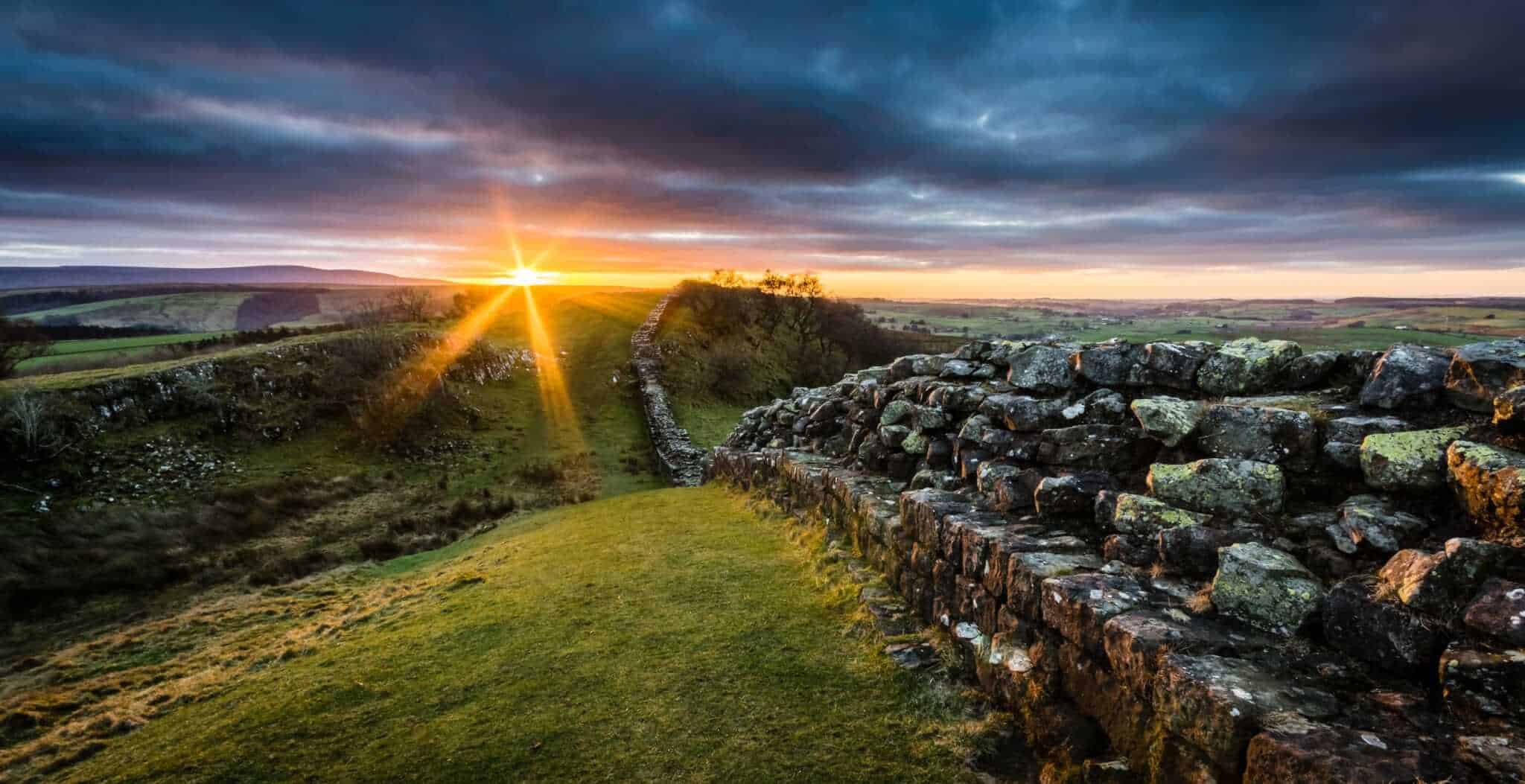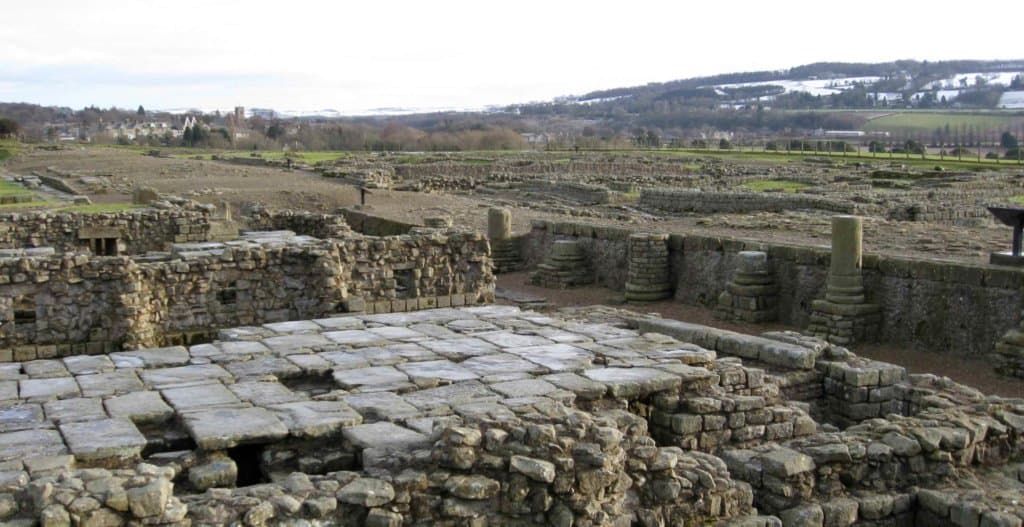The site of Letocetum in Staffordshire started life around AD50 when the Roman army built a military post here during their advance on Wales. Over the following decades a civilian settlement started to develop around the fort’s periphery, quickly expanding into a small town after the Romans finished upgrading Watling Street in the late 1st century AD.
It is Watling Street’s bisection through the heart of Roman Britannia that allowed the legions to quickly mobilise and counter any local rebellions. Perhaps the most famous of these rebellions was the Iceni uprising led by the infamous Queen Boudica, forcing the fourteenth legion to temporarily retreat from Wales in order to crush the uprising at the Battle of Watling Street. Although the specific location of this battle is unknown, many historians believe that it took place around Letocetum.
At its height in the second century AD, Letocetum would have spread for over a mile along Watling Street and – sometime later – the Roman road of Ryknild Street, acting as a crossroad settlement for these two major thoroughfares.
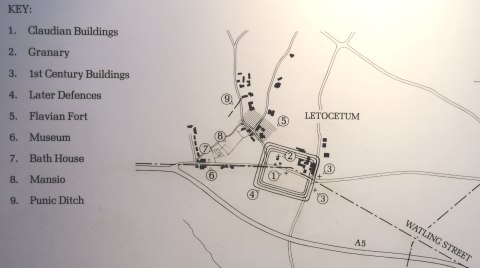
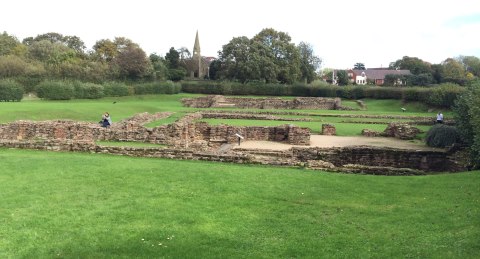
The Bath House
The bath house would have comprised of a series of buildings including an exercise hall, changing room and heated rooms.
The exercise hall would have been a popular social gathering place, with ball games, wrestling and weight training taking place each and every day. In the modern vernacular this would have been the ‘cardio’ and ‘weights’ section of a gym!
The changing room would have acted as both the start and finish of the bathing sequence. Bathers would enter from the exercise hall next door and have a quick ‘dunk’ in the cold bath. From here they moved through to the warm rooms and on to the hot room, returning in reverse order and finishing with a dip in the cold bath in the changing rooms.
The heated rooms utilised a hypocaust system where hot air from a furnace passed under raised floors. This hot air would then have been ducted through flue tiles in the walls to emerge at the eves, acting in a similar fashion to modern day saunas (although arguably more complex!).
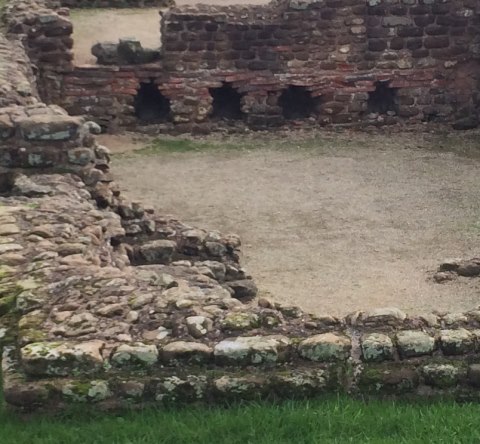
The Mansio
Mansios were effectively the Roman equivalent of modern day motels, providing roadside accommodation, stabling facilities and food and drink. The mansio at Letocetum was focused around a central open courtyard with a formal garden and gallery on the first floor. This delightful courtyard would also have acted as an informal meeting place, with both travellers and locals gathering to exchange news and gossip.
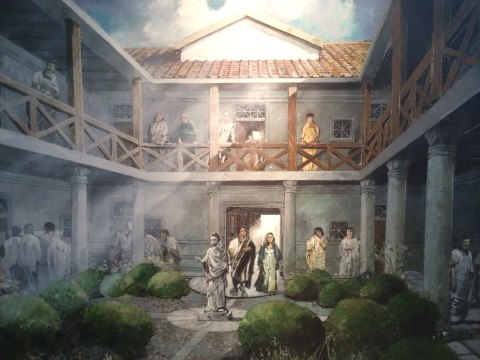
Letocetum is currently in the care of English Heritage, please follow this link for further details.
Getting here
Wall is easily accessible by both road and rail, please try our UK Travel Guide for further information. The nearest railway station is Shenstone 1½ miles.
Museums
View our interactive map of Museums in Britain for details of local galleries and museums.
Roman Sites
Browse our interactive map of Roman Sites in Britain for details of other nearby sites.
